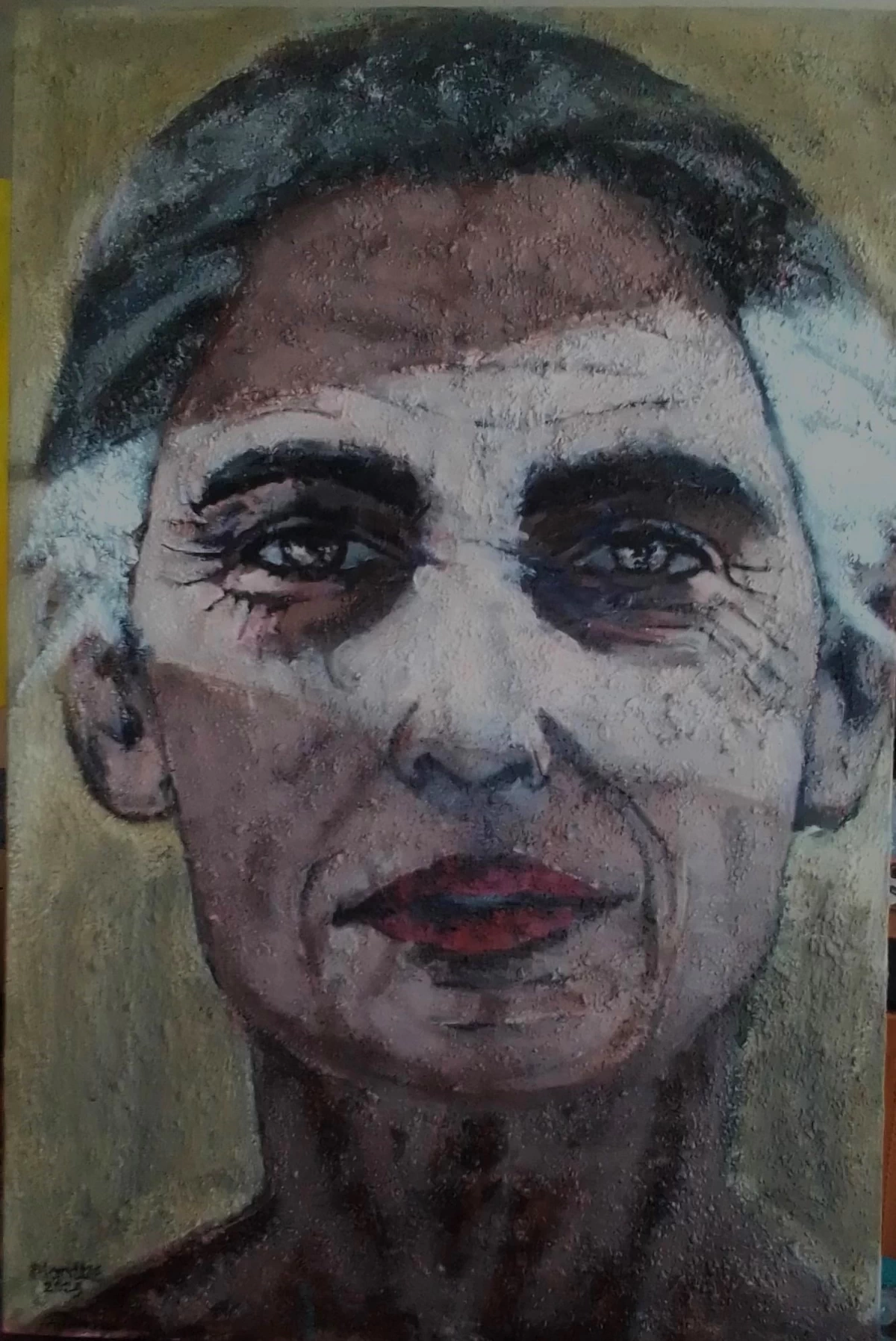
Contemporary Visual Works | Emotionally Charged Portraiture
Born in 1966 in South Africa, Marittie De Villiers has spent decades refining her artistic journey, bringing vitality and depth to every canvas she creates. Her early collections were shaped by the richness of her travels, infusing her work with diverse cultural influences and a sense of global storytelling. In recent years, her artistic focus has shifted toward portraiture, where she captures the essence of human expression with striking sensitivity and originality.
Marittie's art has received international recognition, with her paintings held in private collections around the world. Alongside this global appreciation, her work continues to be celebrated in respected galleries throughout South Africa, affirming her place as one of the country's notable contemporary artists.
Exhibitions
Marittie De Villiers is a celebrated South African artist who has built a strong reputation for her distinctive and compelling body of work. Over the years, she has exhibited extensively across South Africa, showcasing her art at renowned venues such as Art on Church, Red Gallery in Cape Town, and the prestigious Oubaai Hotel in Oubaai.
Known for her unique artistic vision and ability to capture emotion through her craft, Marittie continues to attract both local and international attention. With her growing presence in the contemporary art world, she is well on her way to expanding her international profile and establishing herself as a globally recognized artist.
Upcoming Events
Watch this space!
Listed Galleries
Art on Church - Stellenbosch
Oubaai Hotel (Hyatt Regency) - Permanent Solo Exhibition
Red Gallery - Cape Town











